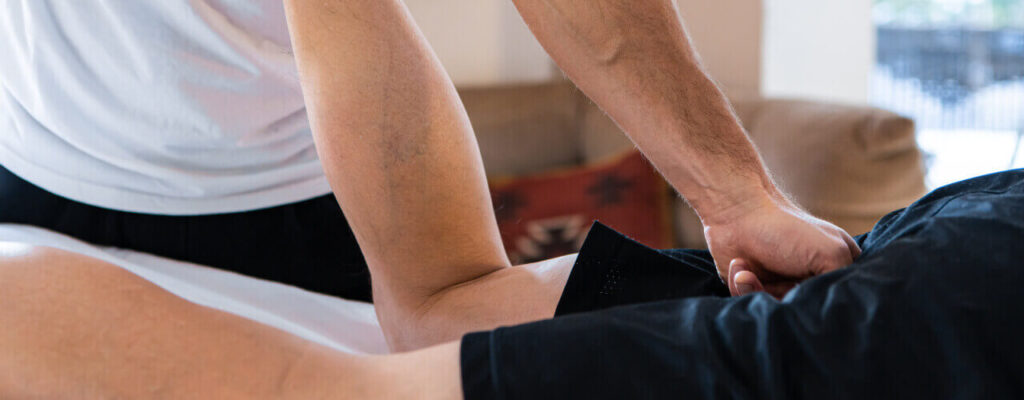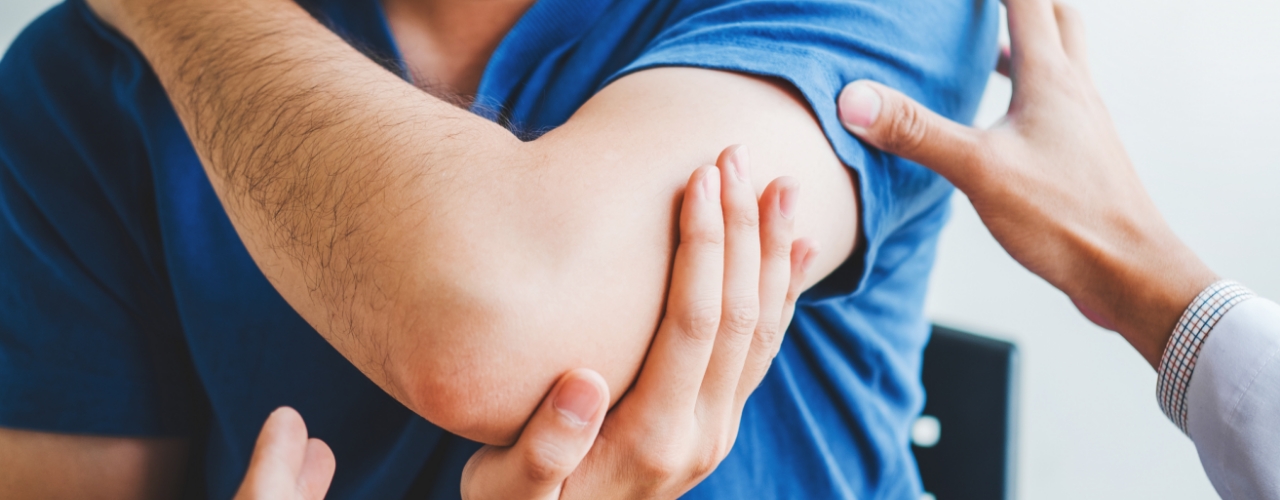How Manual Therapy Techniques Can Alleviate Your Pain

Are you tired of dealing with persistent pain or struggling to recover from an injury fully? Did you know that the first physical therapists used manual therapy to alleviate pain and help people recover faster? At Maximum Rehabilitation Services, our physical therapists still take a hands-on approach to help our patients feel better and reach their highest physical abilities!
Just a few years ago, all we seemed to hear was how the only way to find pain relief was by using a medication, often opioid-based medications. Most of us now know there was a sinister plan for profits behind the push for these strong medications.
In the end, we found out what physical therapists have known all along. Prescription drugs are not designed to treat the underlying physical issues that may be causing your pain. Although medication can limit pain, the relief is temporary, and in some cases, the side effects are worse than the original problem.
Fortunately, at Maximum Rehabilitation Services, our physical therapists understand how effective targeted manual therapy techniques are to your recovery and overall health. Our therapists will provide solutions that reduce pain while improving overall function to ensure your joints and tissues are loose, limber, and ready to move.
Call today and request an appointment to learn more about how manual therapy techniques can help you find relief and get back to doing what you love!
What does manual therapy mean and how does it help?
Manual therapy techniques a highly trained physical therapist uses are not the same as traditional, relaxation-type massage used in a fancy spa. Physical therapists use their hands with targeted strategies and focus on a particular area in the body where there is pain or some soft tissue restriction(s).
For example, muscles can become tight from injury, repetitive movements, or prolonged positions (postures). These areas of tightness, whether they are affecting your joint(s) or tissue mobility, will often lead to pain or dysfunctional movement patterns.
Adhesions are essentially restrictions in your soft tissues and are thought to be precursors to scar tissue that makes movements difficult and painful. Adhesions are typically caused by an injury or repetitive stress to the soft tissue surrounding a joint or an injury to the joint itself. Regardless of the cause, adhesions will often limit the joint(s) range of motion and overall physical performance of joints above and below.
Various manual therapy techniques can help free up (release) these restrictions to restore/improve mobility and thereby alleviate pain and/or feeling of tightness. The various therapeutic massage techniques used by your physical therapists include the following:
- Joint mobilizations and manipulations
- Myofascial release
- Trigger point release
- Active release
- Passive or active assisted range of motion
- Instrument-assisted techniques (i.e., Graston technique)
The main benefits of manual therapy by our Maximum Rehabilitation Services physical therapists include the following:
- Free up restrictions and adhesions: Adhesions are thickened bands of tissue that, if left untreated, can develop into tough scar tissue around the injury, resulting in restricted movement, pain, and delayed recovery.
Targeted manual therapy techniques help to free up adhesions that start to form from an injury and overuse/repetitive stress-type injuries.
- Increased blood circulation: Blood flow is the foundation of healing. Therapeutic massage increases blood circulation, which helps reduce swelling and facilitates the healing process.
- Improved mobility: Targeted manual therapy, including joint mobilizations and myofascial release, can help your joint range of motion and soft tissue mobility before and after exercise, which helps improve your overall physical performance.
- Less muscle soreness after training or therapy: Therapeutic massage effectively improves circulation and alleviates muscle soreness after a therapy session or intense workout. Regular therapeutic massage keeps tissues mobile and free of tension.
- Improve your immune system: Your body’s immune system (aka your natural defenses) is stimulated by a therapeutic massage. This means you will be better equipped to ward off hazardous bacteria, germs, and illnesses. As a result, you’ll be sick less frequently.
Our physical therapist uses manual therapy techniques at Maximum Rehabilitation Services to ensure you are pain-free and functioning at your highest potential!
What to expect at Maximum Rehabilitation Services manual therapy sessions
Our therapists will conduct a thorough hands-on assessment to identify all the factors influencing your situation. This means we’ll assess your muscles, joints, and nervous system and conduct a comprehensive history to learn more about your pain, injuries, and overall health.
We will use the information gathered to design a treatment program with targeted manual techniques and specific mobility work. We typically combine these manual techniques with stretches, postural education, and any modality to relieve pain. We will also educate you on the most effective exercises and postures to complement our hands-on interventions.
As you progress, our exercises will typically shift to strengthening exercises and work on stimulating your nervous system with balance and coordination drills to ensure your results and minimize medication or surgery for your pain.
Request an appointment today!
If you’re looking for the most effective solutions for your pain or injury, our physical therapy team at Maximum Rehabilitation Services can help!
Call today to request an appointment and learn more about how targeted manual therapy techniques can help you find relief and get back to doing what you love!
Sources:
- https://www.physio-pedia.com/Manual_Therapy?utm_source=physiopedia&utm_medium=search&utm_campaign=ongoing_internal
- https://www.ncbi.nlm.nih.gov/pmc/articles/PMC8360410/
- https://www.ncbi.nlm.nih.gov/pmc/articles/PMC7310163/
- https://bmjopensem.bmj.com/content/6/1/e000614/?int_source=trendmd&int_medium=cpc&int_campaign=usage-042019

